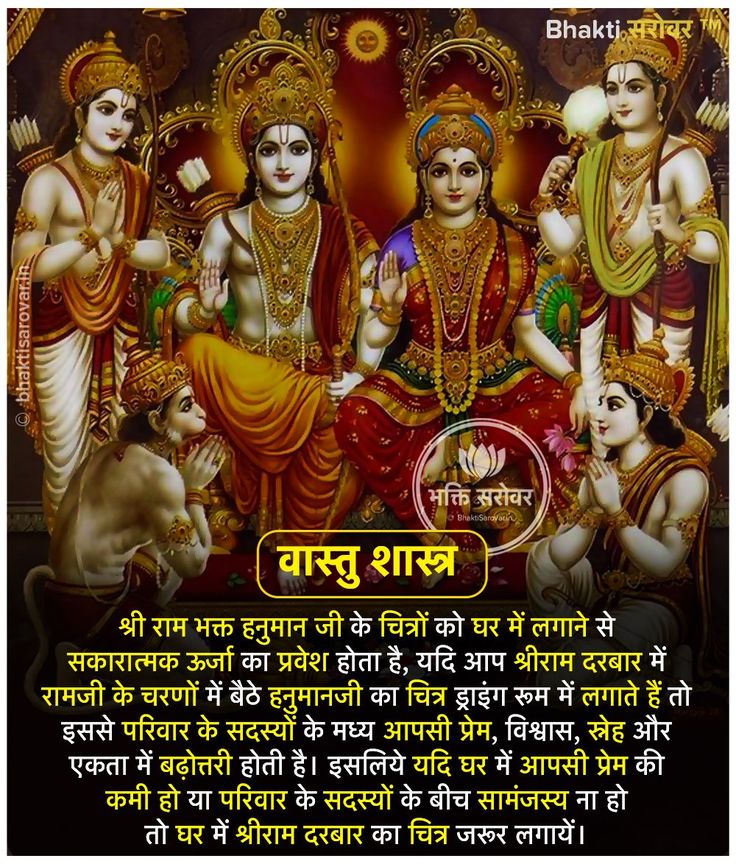...of various parts of the buildings and antique theories operating symmetrical patterns (yantra) and maneuvering placements.
Basically,Vastu Shastra is the literal part of Vastu Vidya–the wider knowledge about building construction & design scheme models from earliest history.
It is not something that deals with permanent procedures and plans but instead defines a theory of various designs, the pool of thoughts and perceptions, with different types of layout, figures, and sketches.
These ideas are mostly the collections of the internal decor,building outlook, gardening, and house plan.
The term Vastu is composed of two Sanskrit words ‘Vastu’ and ‘Shastra’where Vastu means house, habitation, building on land or ground and Shastra means teaching or doctrine.
Hence, Vastu Shastra is the doctrine of designing houses.
Vastu Shastra is an old scientific theory that is over 5000 years old. The texts on Vastu Shastra can be found back in 1500-1000 BCE.
The initial archives of the account of Vastu Shashtra lie within the Vedas, (oldest scriptures of Hinduism). Among the four Vedas, the Rig Veda explains about the Vastu Shastra and mentions Vastospati as the protector of the house.
Vastu Shastra has been explained in numerous Hindu Puranas, Sanskrit treaties, Hindu literature, and Manu Scriptures written by Sages in the past are the main sources of Vastu Shastra. One of its theories can be found in The Brihat Samhitha by Varamhira.
This document has altogether 106 chapters, among which Chapter 53 has a full description on Vastu Shastra. Besides, The Matsya Purana also describes the Vastu Shastra as a Rakshasa – protector of human wellbeing. Likewise, other few Hindu scriptures such as...
Typo* Read 'Rakshasa' as 'Rakshaka' guys 🙏
...Chakra Shastra, Devalaya Lakshana, Agni Purana, and so forth elucidates a lot about Vastu Shastra.
According to the Vastu Shastra, the human body is the combination of Pancha Tatwa (5 elements namely; fire, earth, water,air,and sky).
The principles of Vastu Shastra say that if these five elements are positioned appropriately in a home, they will release positive energies from all directions.
Air signifies satisfaction, joy, and happiness which controls the eastern direction.
Earth gives constancy and stability which remains at the center of the house.
Water connotes new thoughts, the stream of new chances, and good wellbeing which rules the North direction.
Fire signifies heat and light and provides self-reliance, zeal, confidence,...
..and power which exists in southern direction of a house.
Sky helps in receiving new prospects & considerate new artistic thinking.
These 5 elements r somehow linked with 5 senses of taste,touch,smell, hearing,sight &any kind of imbalance that affects the well-being of humans.
Therefore, the architecture of a town, city, or house of people has to be in synchronization with these five elements and the five senses for their well-being.
Further it is also believed that the movement of the magnetic currents and the magnetic fields, gravitational effects of Earth, the direction and the velocity of the winds, light and heat of the Sun affect the well-being of humans as well.
Vastu does not mean that people do not have to rely on modern means of architecture. Vastu Shastra are small pieces of advice, which one can incorporate while building homes to get a better outcome for happiness and prosperity.
With the correct application of Vastu Shastra, one can experience,
Positive energy supports to protect home or surroundings from negativity and evil eyes
Spiritual growth invites calmness and love within the home
Progress and success ensures monetary wealth and eliminates all the problems that are limiting one from having financial blessings
Balanced family relation aids maintain relationship positively
Extreme happiness in life helps to acquire good vibes and positive energy at home.
Examples of some ancient proprieties made according to Vastu Shastra
Ramayana, states about architect Maya who built Mayasabha with correct Vastu application. Similarly, Mahabharata states about architect Vishwakarma who built Dwarka.
Besides, Ayodhya, Taj Mahal, and many more ancient structures were made as per the principles of Vastu Shastra.
Vastu Shastra is hence something that needs to be considered while building houses so as to maintain a happy and healthy family life.
It is of course difficult to abide by everything that Vastu Shastra suggests but one can still make an effort to at least obey a few of its suggestions and advice best possible on their end.














